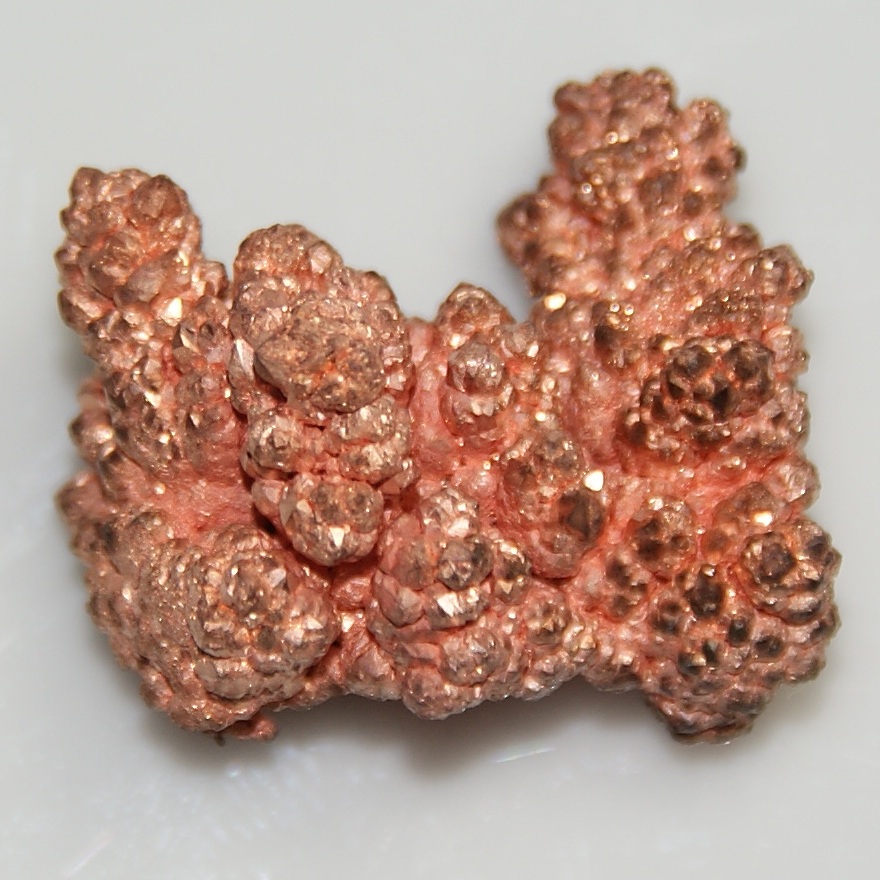Copper, often called “the red metal,” is highly valued in numerous industries for its unique properties. It is essential in construction, electrical wiring, electronics, and transportation due to its exceptional conductivity and durability.
In construction, copper’s resistance to corrosion makes it ideal for plumbing systems, roofing materials, and heating systems. The electrical industry relies heavily on copper for its excellent conductivity in wiring and transmission of electricity.
Copper also plays a crucial role in electronics, where it conducts heat efficiently and is used in computer chips and other components. In the transportation industry, copper is widely used in vehicles for radiators, brake lines, and connectors.
Investing in copper offers potential benefits as it has historically outperformed other commodities during economic downturns. With the increasing demand for renewable energy sources and electric vehicles, the need for copper is expected to surge. This presents an opportunity for investors to capitalize on this growing market trend.
In summary, copper’s allure stems from its unique properties that make it indispensable across various industries. Its durability, conductivity, and versatility contribute to its significance in construction, electrical applications, electronics, and transportation.
Investing in copper allows individuals to take advantage of its historical resilience during economic downturns while capitalizing on the increasing demand driven by renewable energy sources and electric vehicles.
Understanding ETFs: A Beginner’s Guide
Exchange-Traded Funds (ETFs) are investment funds that can be bought and sold on stock exchanges, providing investors with exposure to a diversified portfolio of assets like stocks, bonds, or commodities. Investing in ETFs offers advantages such as instant diversification, reducing risk compared to individual stocks.
They are also cost-effective since they passively track an index rather than relying on active management. ETFs offer liquidity, transparency, and flexibility in trading shares. Understanding ETFs is essential for making informed investment decisions and achieving financial goals.
Let’s explore the world of ETFs and the various options available for investors.
Three Top Copper ETFs
When it comes to investing in copper, there are three top exchange-traded funds (ETFs) worth considering:
-
Global X Copper Miners ETF: This ETF focuses on global copper mining companies, offering exposure to the mining and exploration of copper worldwide.
-
United States Copper Index ETF: By tracking the price of copper futures contracts through the SummerHaven Copper Index Total Return, this fund provides a way to participate in copper price movements without directly trading futures contracts.
-
iPath Series B Bloomberg Copper Subindex Total Return ETN: This exchange-traded note (ETN) mirrors the performance of the Bloomberg Copper Subindex Total Return, reflecting changes in the price of copper futures contracts.
Before investing, conduct thorough research and consider factors such as expense ratios, liquidity, management expertise, and historical performance. These top copper ETFs offer opportunities for capital growth but also carry risks inherent to investing. Consulting with a financial advisor or doing your own due diligence is essential.
Investing in these ETFs allows you to gain exposure to the copper market conveniently and cost-effectively while diversifying your investment portfolio. Stay informed about market conditions and understand the dynamics of the global copper industry to make informed decisions about these investments.
Factors to Consider Before Investing in a Copper ETF
Before investing in a copper Exchange-Traded Fund (ETF), it’s important to evaluate several factors that can impact your investment. Firstly, consider the current market conditions and trends surrounding copper prices, such as global economic growth, supply and demand dynamics, geopolitical events, and technological advancements.
Secondly, understand the risks associated with commodity investments like volatility due to price fluctuations and exposure to macroeconomic factors. Lastly, stay informed about potential regulatory changes impacting the mining industry.
By considering these factors, you can make more informed decisions and increase your chances of success when investing in a copper ETF.
Researching and Selecting a Suitable Copper ETF
When researching copper ETFs, consider key factors:
- Expense ratios and fees: Compare costs to impact returns.
- Liquidity and trading volume: Ensure smooth transactions.
- Tracking error and benchmark index: Assess accurate representation.
- Fund size and AUM: Indicate investor confidence and stability.
- Historical performance: Analyze past results in different market conditions.
Use online resources for thorough research, including financial platforms, research reports, and reputable websites specializing in commodities investing. These sources provide valuable information on expense ratios, performance metrics, historical data, and expert analysis.
By evaluating these factors carefully, you can select a suitable copper ETF that aligns with your goals and risk tolerance. Consult with a financial advisor before making any investment decisions as all financial products carry some level of risk.
Opening an Investment Account and Purchasing a Copper ETF
To invest in a copper ETF, open an account with a broker or financial institution that offers access to the desired ETF. Complete the necessary paperwork, provide identification documents, and fund your account.
Once your account is set up, purchasing a copper ETF is straightforward. Specify the number of shares or dollar amount you wish to invest and your transaction will be processed at the prevailing market price.
Remember to conduct thorough research on copper markets and analyze historical performance before investing.
VII: Monitoring Your Investment and Making Adjustments as Needed
Regularly monitoring your copper ETF investment is crucial for maximizing returns and managing risks effectively. Factors such as global economic conditions, supply and demand dynamics, technological advancements, and geopolitical events can influence the value of your investment.
Stay informed about industry news, market trends, and developments that could impact the copper market to make informed decisions about your investment strategy.
Potential alternatives to investing directly in a copper ETF
Investing in a copper ETF is a popular choice for gaining exposure to the metal’s price movements. However, there are alternative options available for diversifying your portfolio within the copper market:
-
Mining company stocks: Investing in companies involved in copper mining provides direct industry exposure. Research factors like production costs and management expertise before making investment decisions.
-
Futures contracts: Trading copper futures allows speculation on future prices without owning physical metal. This option requires a deep understanding of market trends and macroeconomic factors.
Thoroughly research each alternative and consider associated risks before making investment decisions. Regularly monitor chosen investments to stay informed about market trends and adjust as needed.
[lyte id=’R_2HSb9nA9Q’]






